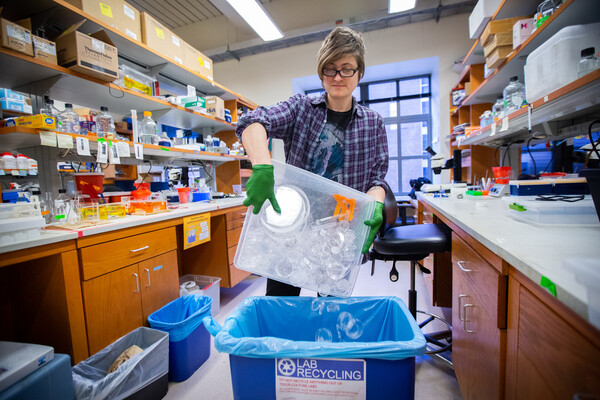
In circumstances when plastic petri dishes are necessary for laboratory work, Preston ensure that they are properly cleaned and sorted for recycling. Reducing waste of all kinds, however, is the number one goal.

In circumstances when plastic petri dishes are necessary for laboratory work, Preston ensure that they are properly cleaned and sorted for recycling. Reducing waste of all kinds, however, is the number one goal.

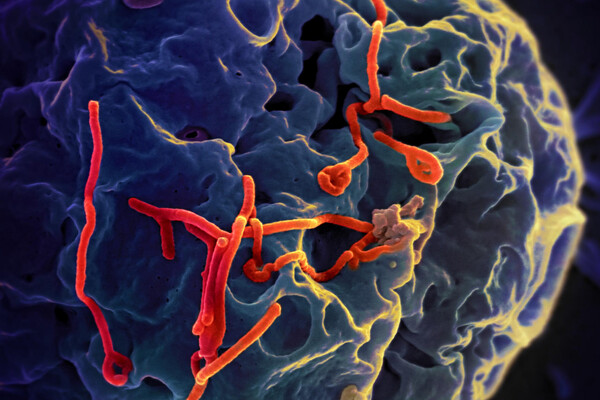
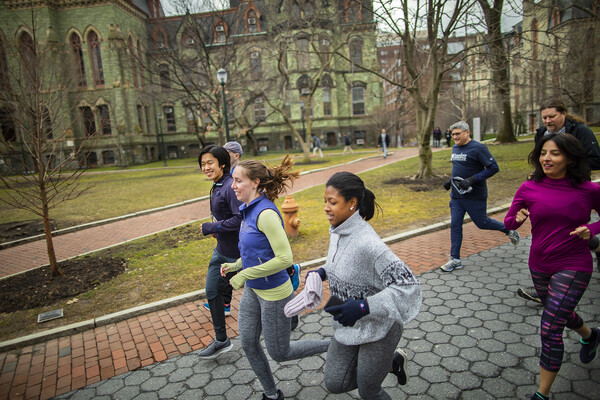
Passing College Hall, the Anennberg (Lunchtime) Running Club turns attention to featured speaker Sean Brown (far left). The club organizes two Ideas in Motion lecture series, one held while running and the other while walking.
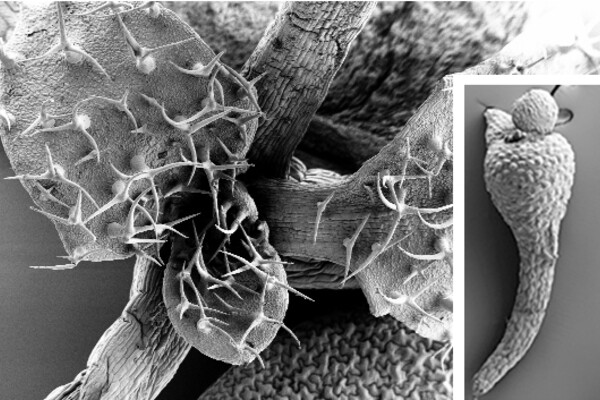
AA 10-day-old Arabidopsis seedling displayed no defect in forming new organs (main image), unless they lacked the key genes MP, ETT, and ARF4. In that case, a small stubby plant (inset) that cannot form new organs is the result. (Image: Wagner lab)

California’s Joshua Tree National Park suffered damage during the government shutdown, but stands to benefit from a conservation package that recently passed the Senate. (Photo: National Park Service/Kurt Moses)
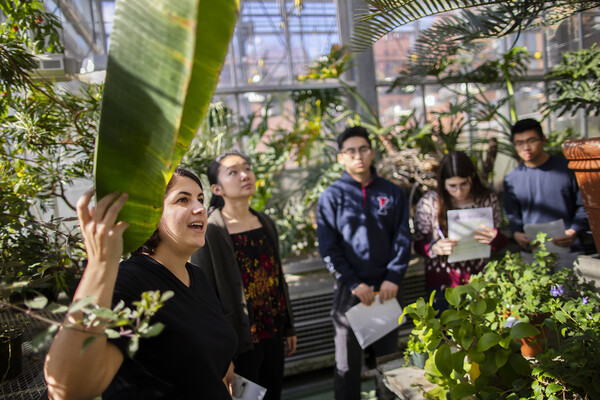
Showing off the broad, tropical leaf of a banana plant, Samara Gray (left), greenhouse coordinator, highlights the diverse collection of the middle room of the Biology Department’s facility. During the tours, Gray and other staff point out specialized adaptations of certain plants, such as the water-conserving features of succulents, or the unusual features of carnivorous plant species.
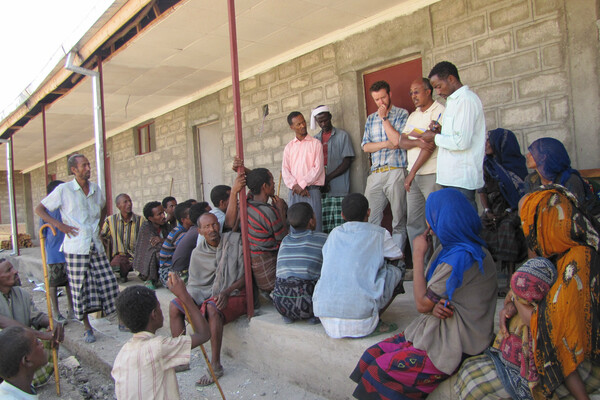
With the help of a local translator, Simon Thompson (in blue plaid shirt) from Sarah Tishkoff’s lab and Dawit Wolde-Meskel (in yellow shirt), a collaborator from Addis Ababa University, explain the research project on African population genetics to the Argobba population, Ethiopia. After the project is presented, the researchers answer any questions. (Credit: Tishkoff lab)
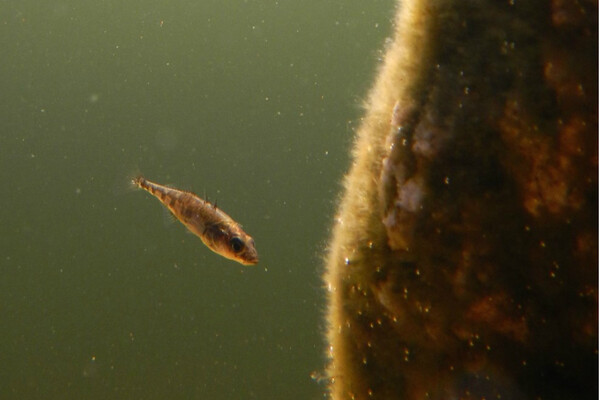
Threespine stickleback, which occupy lakes across the northern latitudes, are a tiny fish with an outsize impact on evolutionary research. Penn biologist Seth Rudman has found that a single gene affects the way they interact with their environment. (Photo: Seth Rudman)
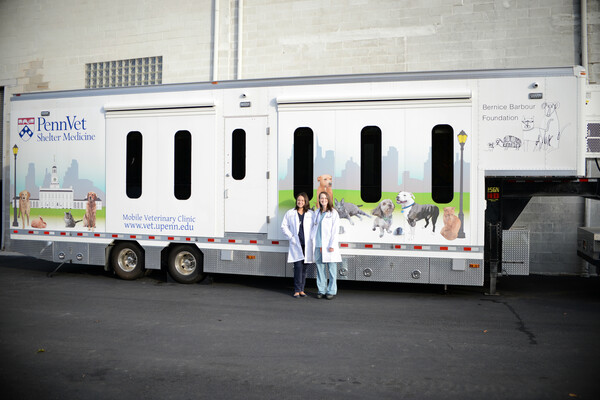
A new mobile unit for Penn Vet's Shelter Medicine program is getting rolling this spring, bringing state-of-the-art veterinary care into animal shelters and underserved communities. Veterinarians Brittany Watson and Chelsea Reinhard led the program’s efforts.